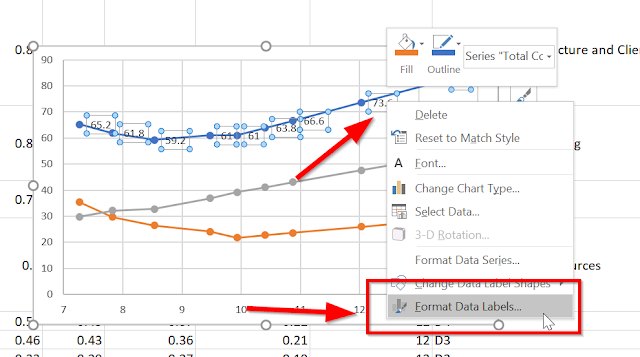For starters, see here. For the quick start version, see here:
- File => Options => Add-ins
- Check "Active Application Add-ins" first to see if it's already loaded. If "Solver Add-in" is not in there, search under "Inactive Application Add-ins"
- Near the bottom of the window, under the "Manage" drop-down, select "Excel Add-ins" and hit the Go button.
- Ensure the "Solver Add-in" button is checked off, then click the "Ok" button and save all the way back to your workbook.



















